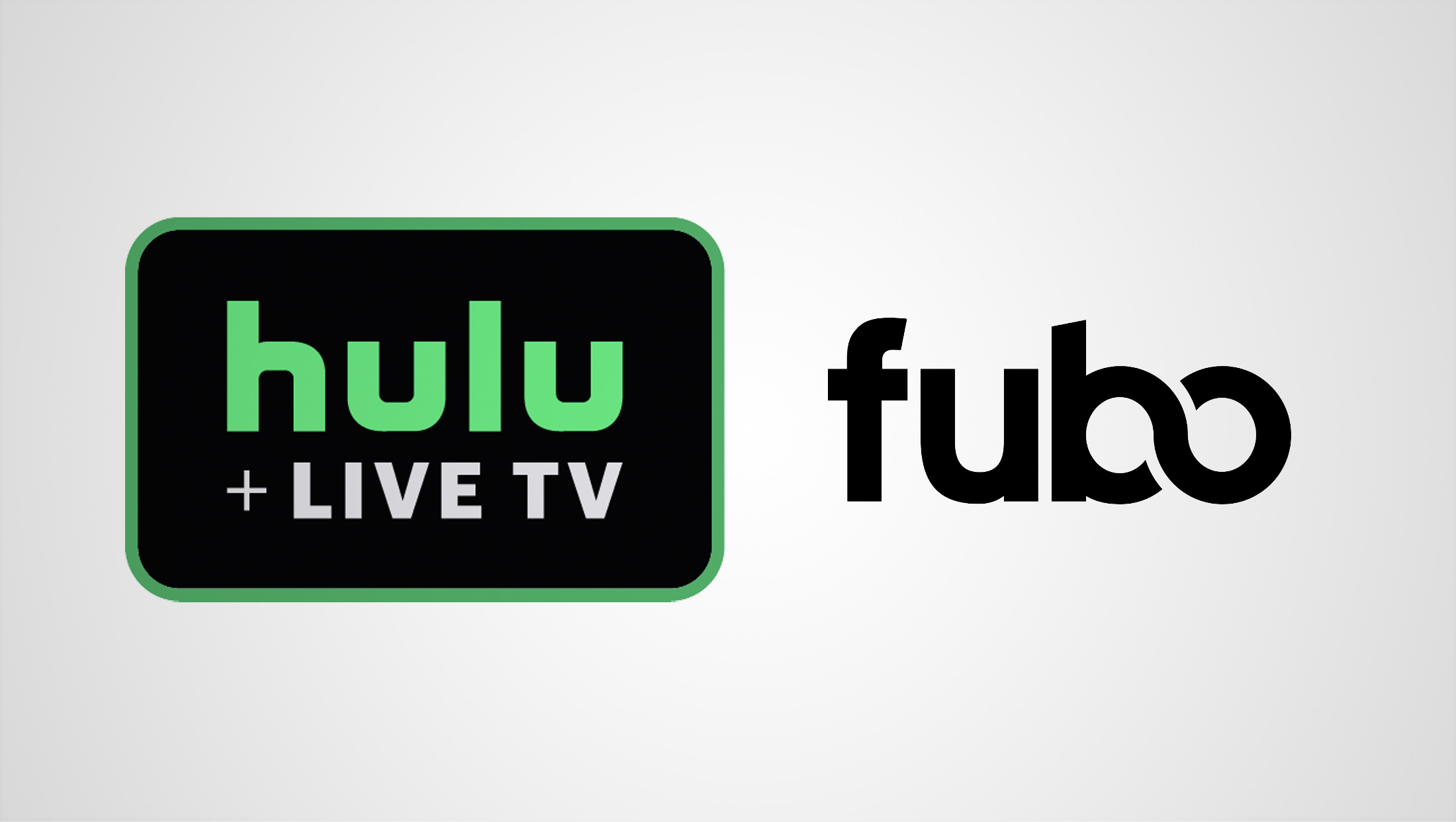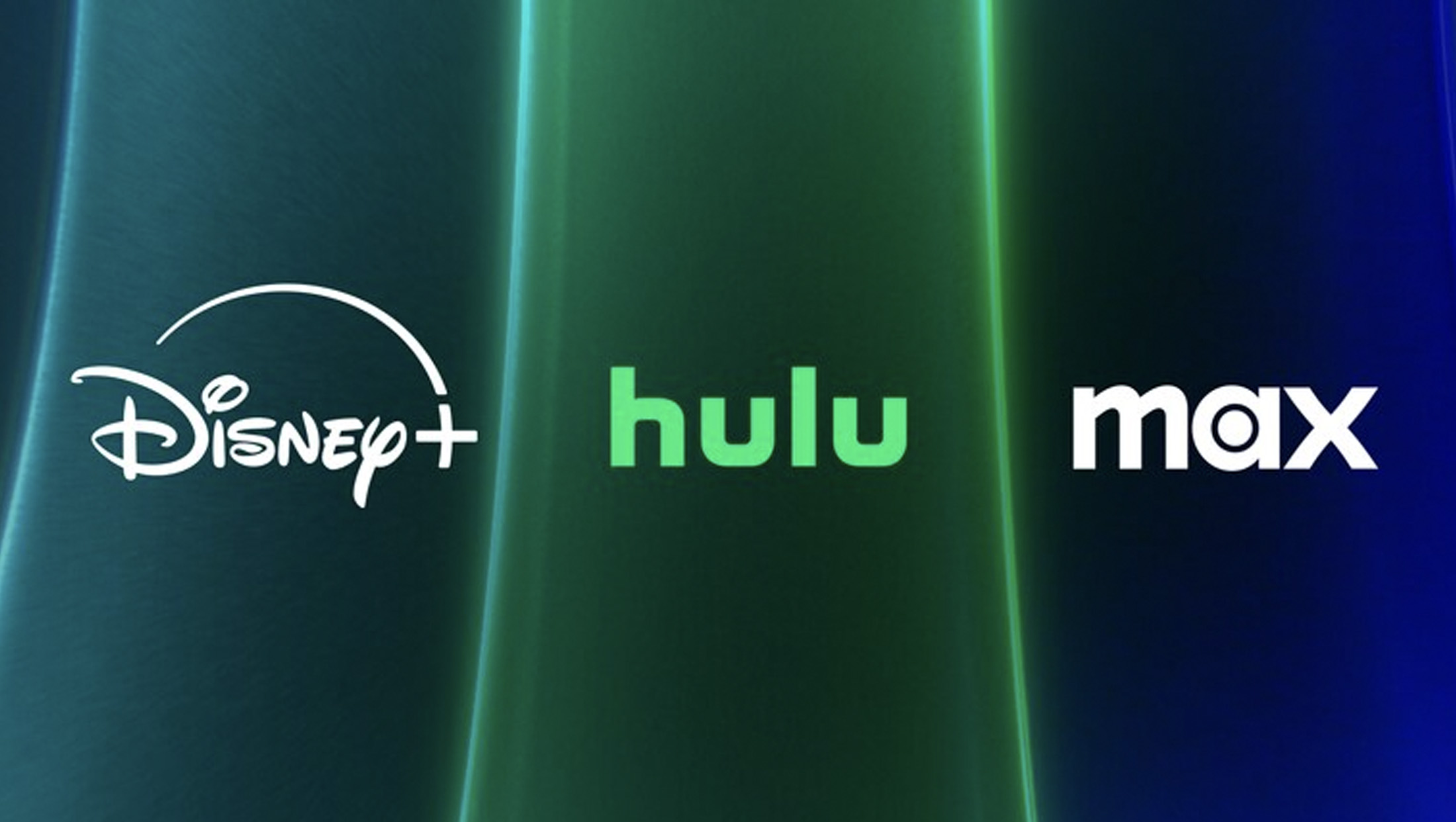Hulu, Venu and Fubo: Will convoluted streaming branding drive consumers cuckoo?

Subscribe to NCS for the latest news, project case studies and product announcements in broadcast technology, creative design and engineering delivered to your inbox.
After Disney and Fubo announced a surprise settlement in their legal battles over Venu Sports, some interesting details emerged that could leave consumers a bit baffled over a series of four-letter vowel-heavy brand names that (almost) rhyme.
Editor’s note: This story was written prior to the announcement that Venu Sports would be canceled and not launch. Even though the market will now have one less streaming brand out there, many of the points in this post are still valid (and there’s still a good deal of other streamers with similar names).
While Disney and its Venu Sports joint venture partners Warner Bros. Discovery and Fox have seemingly come to terms on their legal disagreements, there could be some interesting challenges for branding this new approach to streaming that gives the concept of bundling a run for its money.
Assuming the deal goes through and there aren’t any other branding changes, the market will now have services with the names Hulu, Venu and Fubo available — and all offering essentially similar services.
Each of these names all happen to sound at least somewhat similar when said out loud (though some of that can depend on how you say them) — and they all happen to have four letters as well.

They all also follow the consonant-vowel-consonant-vowel pattern. All three also use stylized wordmarks as their primary branding element. When it was first introduced, the Venu logo and brand focused on orange and dark blue (though its complete branding look isn’t out yet). Fubo had also used an orange for a while, but has since transitioned to often showing the logo in black (an orange-red color, however, is still used as one of its call-to-action colors on its website).
Under the new deal, Hulu’s Hulu + Live TV offering will be merged with Fubo and will take on the Fubo name. Except when Hulu + Live TV is being sold on its own — then it’s keeping the Hulu + Live TV name. And Fubo will also continue to be sold on its own, also keeping its own name (it’s not clear if there will be some way to distinguish “Fubo” that’s really “Fubo + Hulu + Live TV” and just plain old “Fubo”).
In addition, the name “Hulu” by itself will continue to be used to refer to the non-linear subscription service owned by Disney. But again, things get muddy when the linear pay TV package is added on, because it will continue to be marketed under the name “Hulu + Live TV.”
Another potential issue is that it’s not clear how many consumers could explain the difference between “Hulu” and “Hulu + Live TV” given that, in most cases, they still launch the Hulu app or site to tune in. Despite the fact the vMVPD service (as opposed to the streamer) has a “+ Live TV” logo, it’s still likely largely still referred to as “Hulu.” Likewise, there’s probably not that people running around calling Paramount+ its official name of “Paramount+ with Showtime.”
It was not clear if Hulu + Live TV will have a different channel lineup than what we’ll call “Just Fubo” (meaning the Fubo the company will sell separately on its own), though the companies did indicate that “Just Fubo” is likely to continue to focus on sports and news programming, whereas Hulu + Live TV will be more of a cable TV replacement.
There will also be duplication between the Hulu + Live TV lineup, the Venu channel lineup and “Just Fubo” lineup, so how that will be handled is yet to be seen — though it probably doesn’t make sense to have two feeds on two different channels of, say, ESPN proper, for those users.
All that said, it’s also entirely possible that consumers might be savvy enough to keep the similar-sounding names straight, given that this isn’t the first somewhat counterintuitive branding schema in the streaming world.

Disney+, for example, sells what it calls the “Disney Bundles” or simply “Bundles,” which actually include Hulu (or Hulu + Live TV) with the option to add ESPN+ or even WBD’s Max under what it further brands as “duo” and “trio” offerings and consumers appear to have largely figured out that these doesn’t necessarily mean it’s all Disney, all the time.
Bundling has quickly become a popular trend among streamers and other businesses alike — so consumers are likely becoming more accustomed to getting, say, Paramount+ with their Walmart+ membership, or streamers alongside their cellular phone or broadband bills. By their very nature, bundling creates amalgamation of branding.
On a broader scale, the world is actually full of streaming services that use four (or otherwise short) names that have a certain rhyming or syncopation to their names: Vudu (now Fandango at Home), Youku, Viu, Mubi, Tubi, Kayo, HayU, Xumo, Pluto TV and Roku are just prominent names that come to mind (Amazon’s Freevee, although a longer name, also likely deserves a mention, though it’s dropping that name as could MyFree DirecTV)
If the trend of using a made-up, quasi-made-up or purposefully misspelled name for streamers isn’t use for a particular services branding, consumers are also used to seeing the “+” or “Plus” schema used as well, though not all servics with a plus in their name are necessarily streamers. Interestingly, it’s widely held that Hulu actually was the first streamer to use the “plus” branding in an offering called “Hulu Plus” back when it first introduced a paid option (the service used to operate more as what would become known as a FAST).
Subscribe to NCS for the latest news, project case studies and product announcements in broadcast technology, creative design and engineering delivered to your inbox.




tags
Disney, Free Ad-Supported Streaming Television (FAST), Fubo, FuboTV, OTT, Paramount Plus, streaming, Venu Sports
categories
Branding, Broadcast Business News, Heroes, Streaming